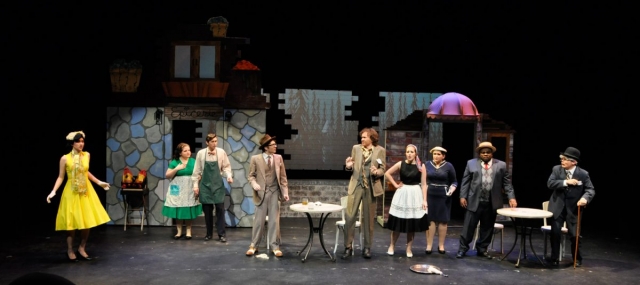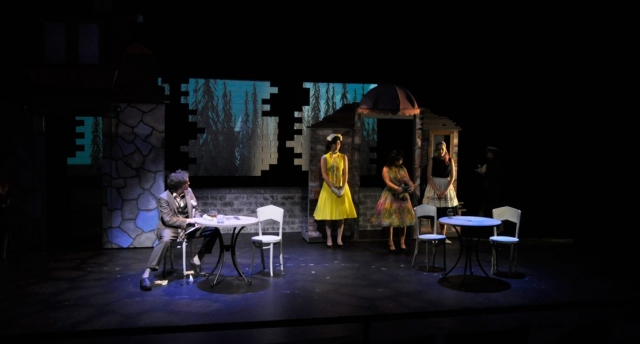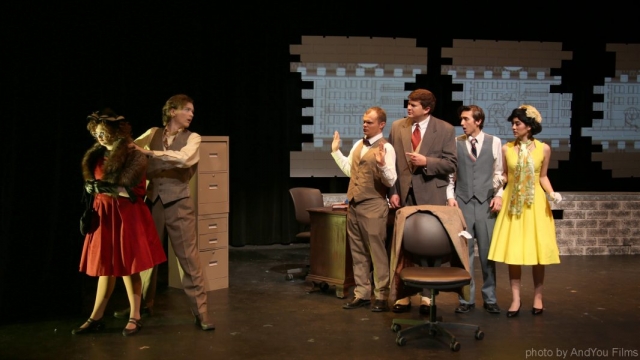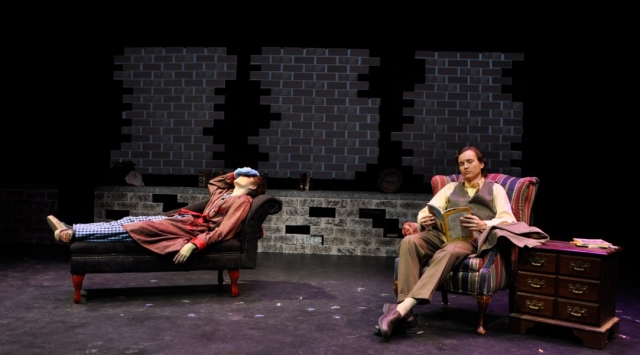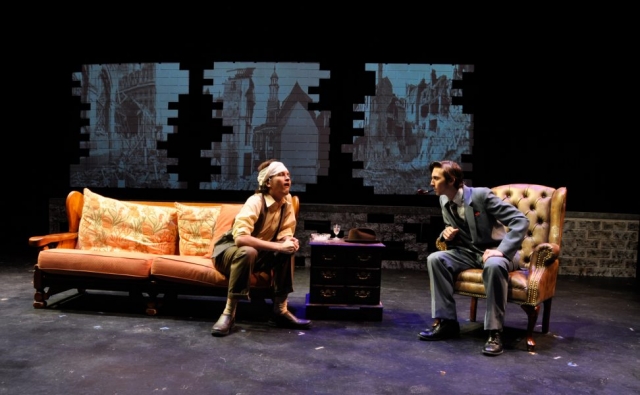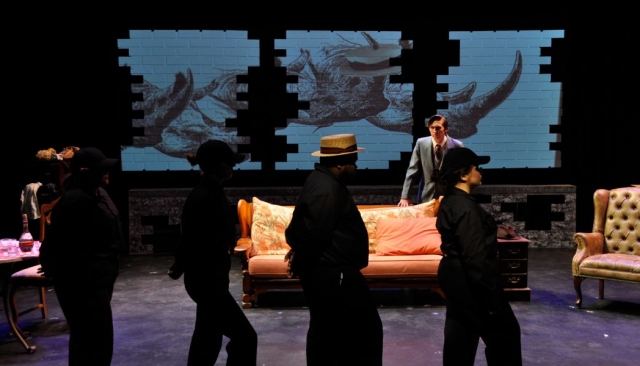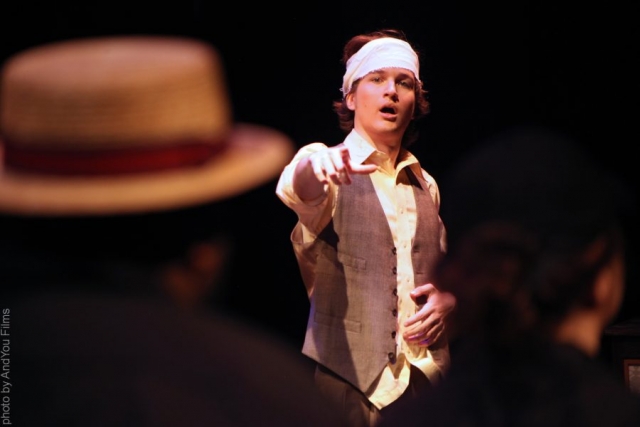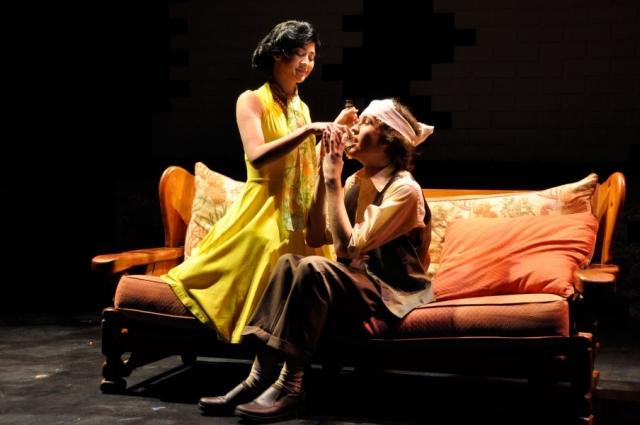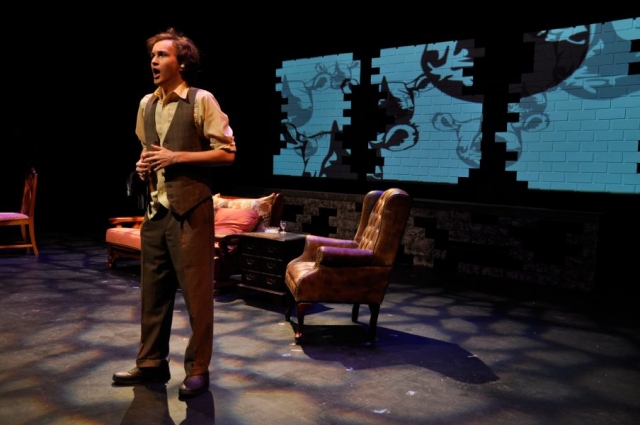
This classic absurdist black comedy by Eugene Ionesco presents a world in which human beings are being transformed into rhinoceroses. The reasons behind this transformation are never entirely clear. On one hand, it is presented as a contagion; on the other, some people voluntarily join. In either case, the Rhinoceroses of Ionesco’s imagination are not based in zoology; rather they are clumsy, marauding creatures that move in packs and destroy, then replace human civilization, an obvious metaphor for something else. The play grows progressively away from comedy, in a darker and more philosophical direction, ending with only one human being left who vows never to surrender his humanity, though it does have the feel of a “last stand.”
Soon after this play was first produced in the 1960s, the critical consensus was that its theme was a critique of conformity; this was a common train of thought in that period’s counterculture. After Ionesco’s memoirs were published a decade or so later, the critical feeling shifted towards the author’s experiences with the rise of Nazism, an interpretation that made it more specific, but tended to lessen its relevance to modern trends in socio-political behavior.
Still, his reaction to witnessing the rise of fascism in his native Romania carries a certain amount of alarm in questioning not only the social or political order, but reality itself:
“The police are rhinoceroses. The judges are rhinoceroses. You are the only man among the rhinoceroses. The rhinoceroses wonder how the world could have been led by men. You yourself wonder: Is it true that the world was led by men?” (Ionesco, Present Past/Past Present).
In this production, the interpretation was essentially “fairy tale meets zombie apocalypse,” with a few other notable features. One was it its timing, presented a few months after the election of Donald Trump as President of the United States, which led to the inevitable comparisons. Another was the popularity of the augmented reality game Pokemon Go, which yielded crowds of teenagers roaming the streets in packs staring at their smartphones as they followed the game’s location-intensive features. Finally, we often consulted the play in its original French in order to fine-tune its translation into American English.
The 3-D sound design included a transformative human-rhinoceros ambience and was designed and executed by Digital Arts Faculty member and accomplished electronic musician Nathan Wolek.
Credits: Scenery and Projections by Arielle Pennington, Lighting by John Kiselica, Costumes by AJ Garcia, Sound by Nathan Wolek. Stetson University, February 2017.

